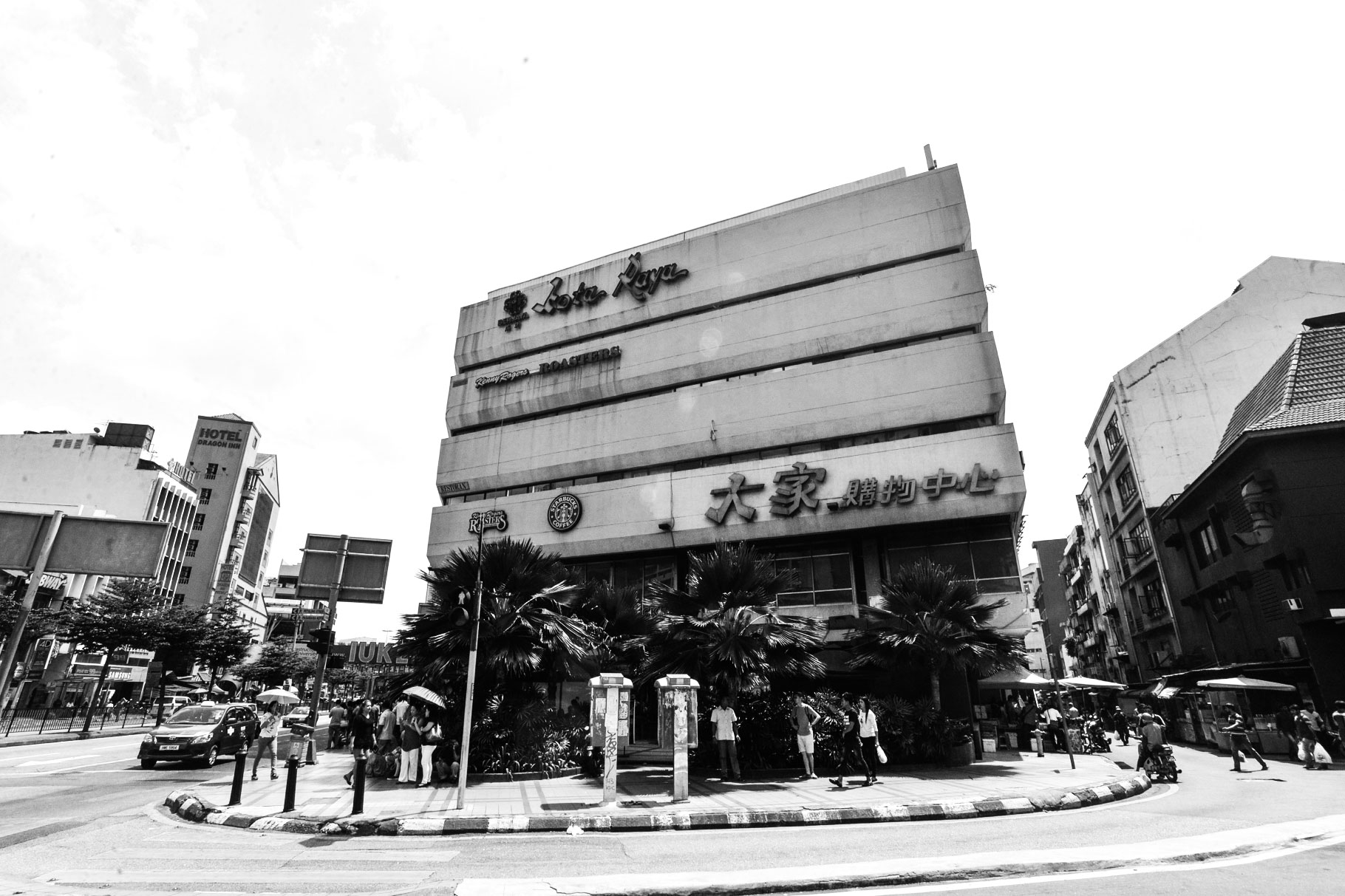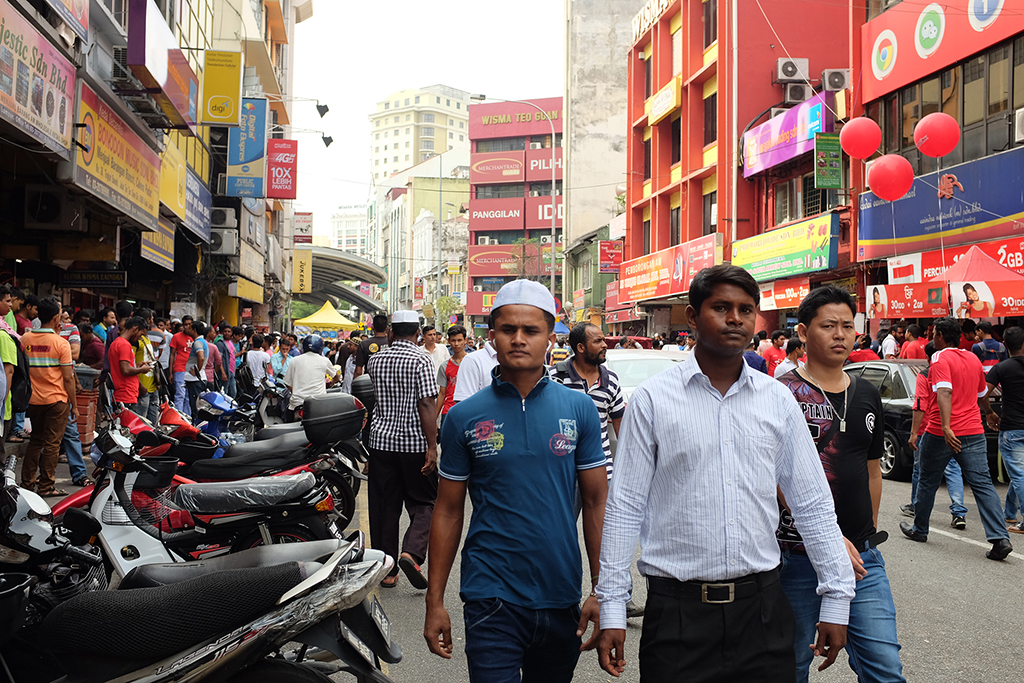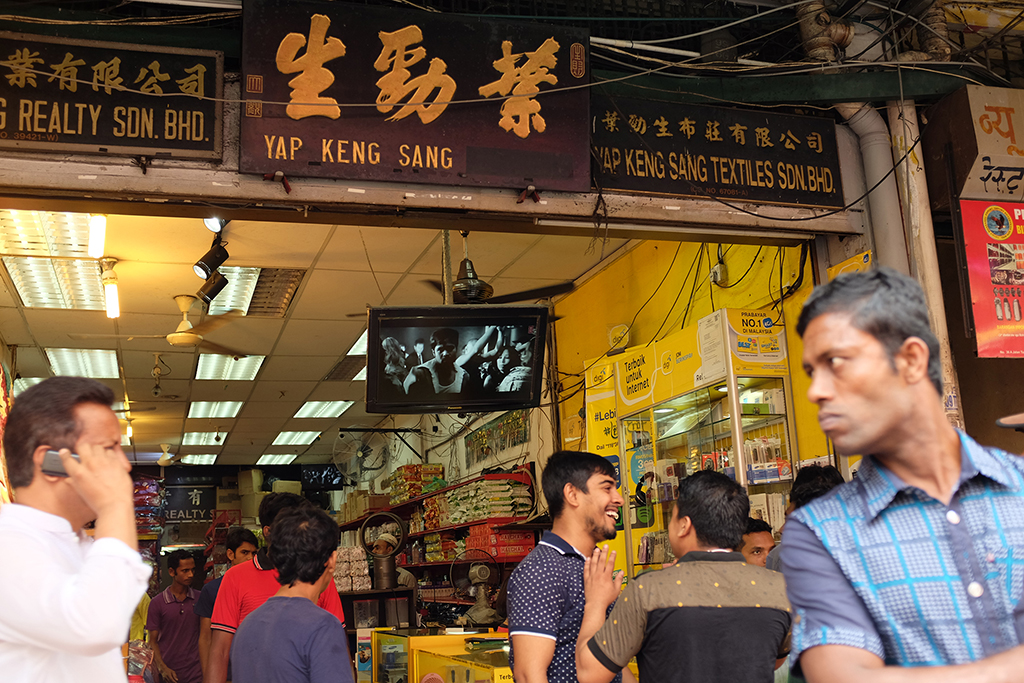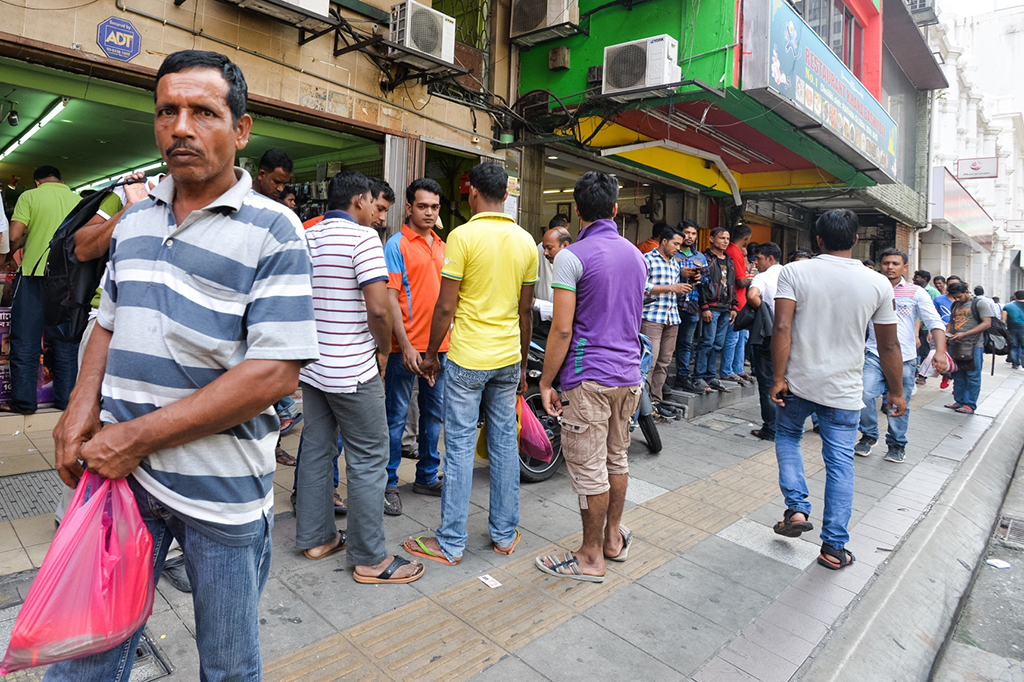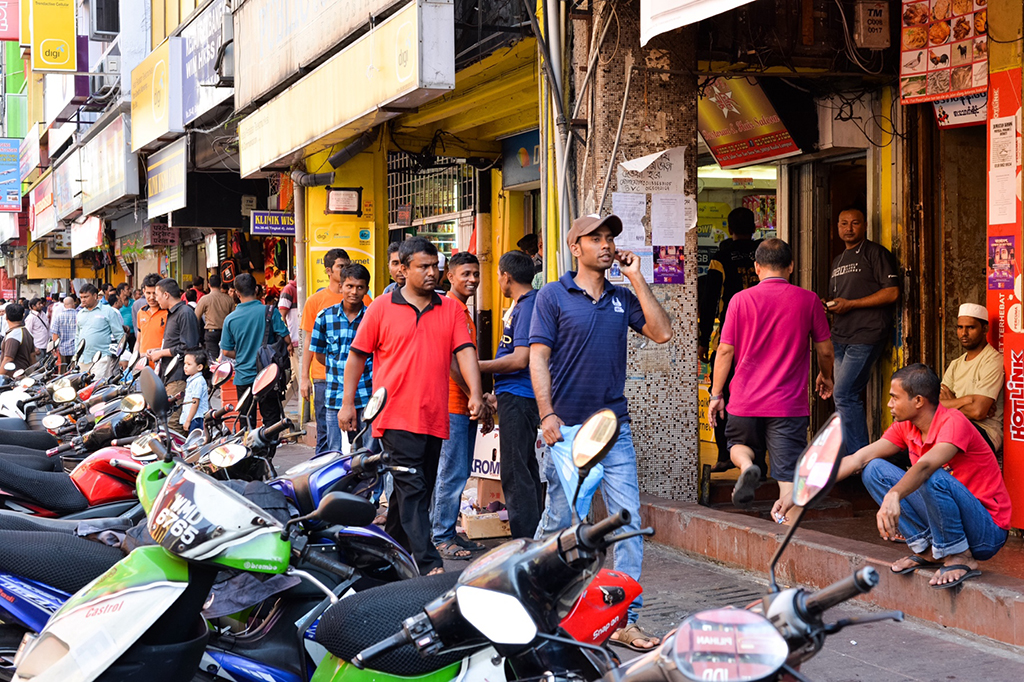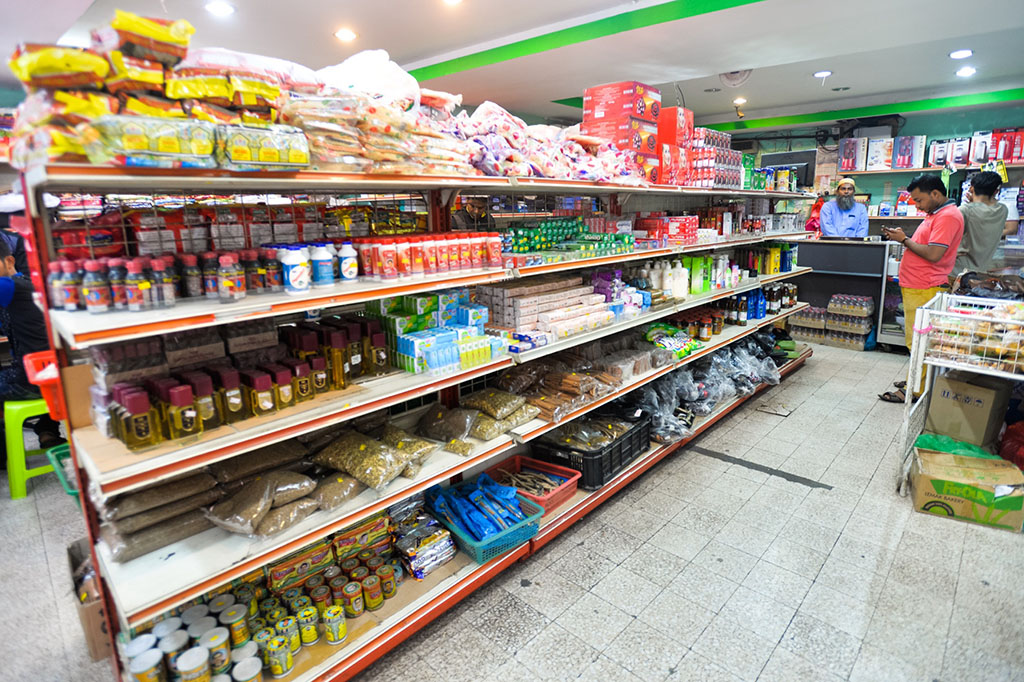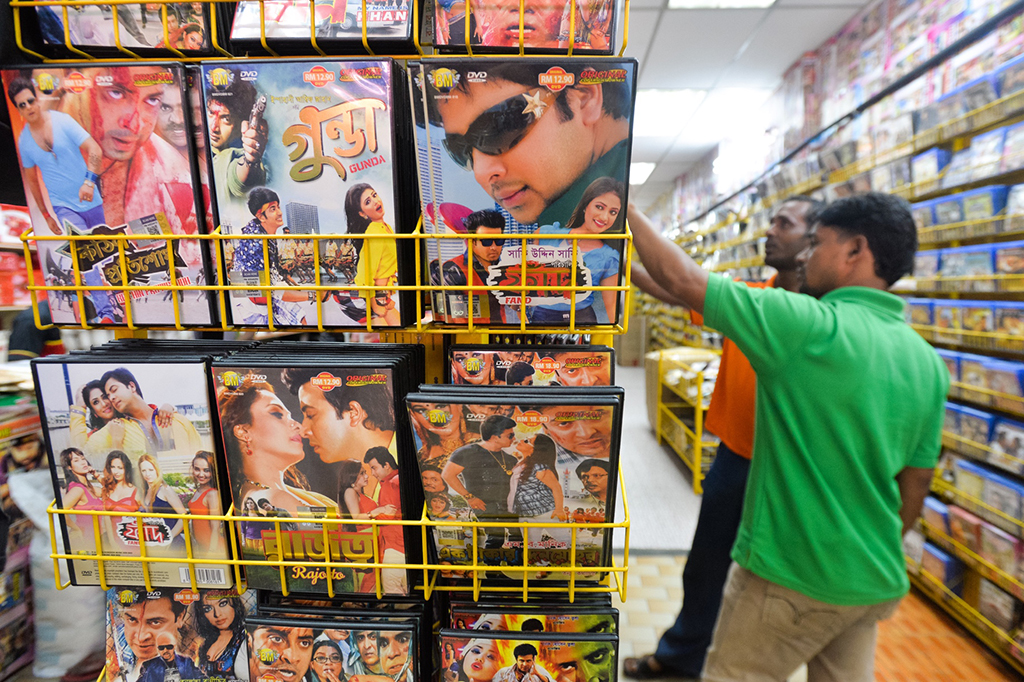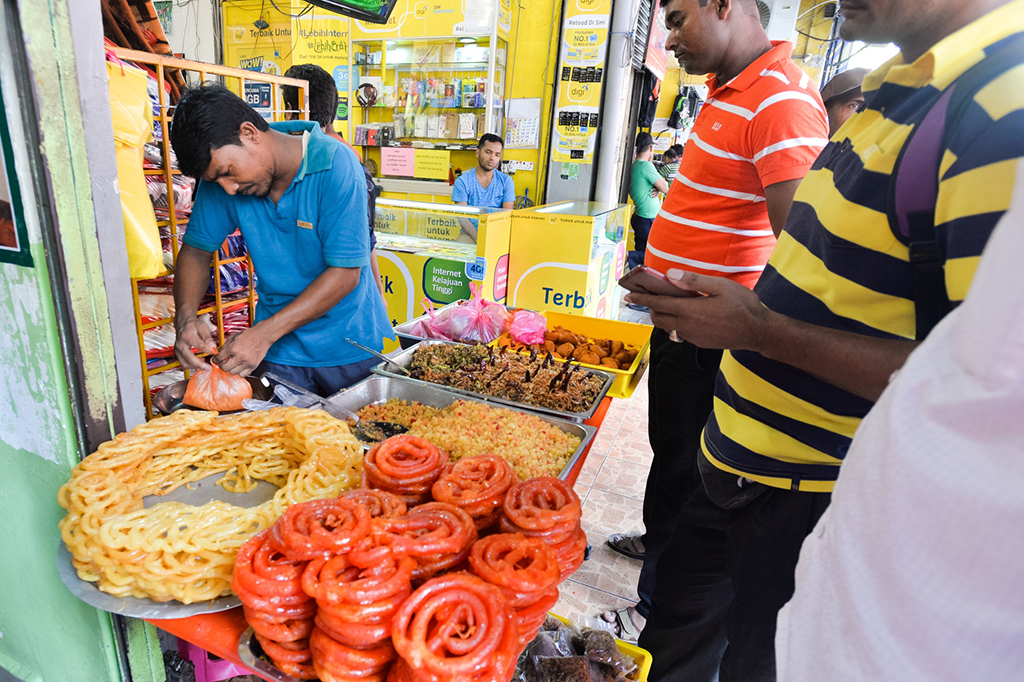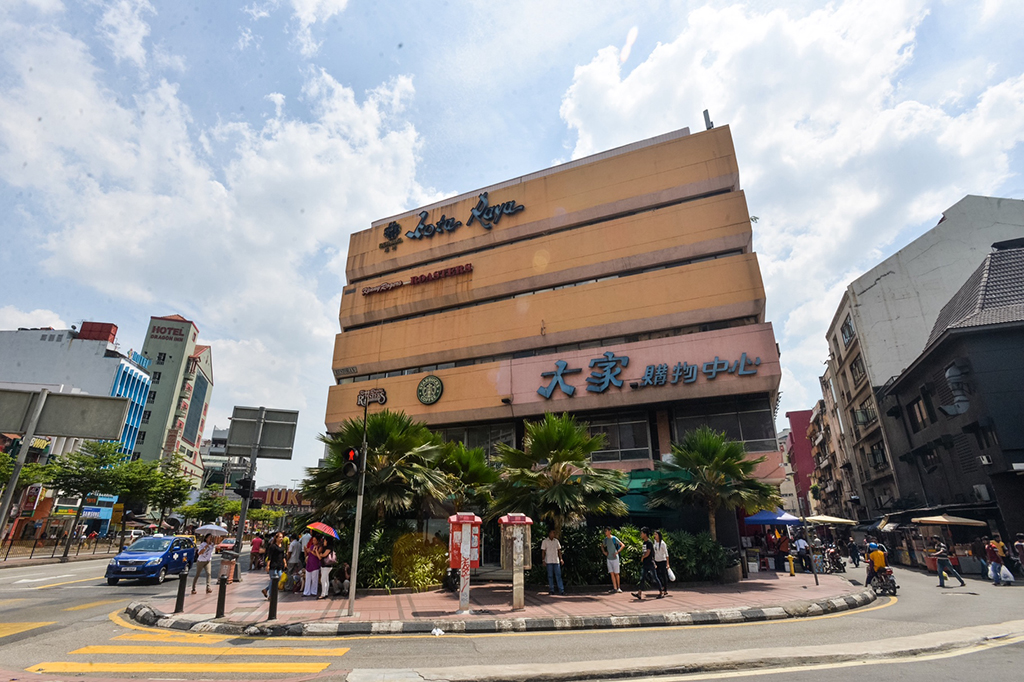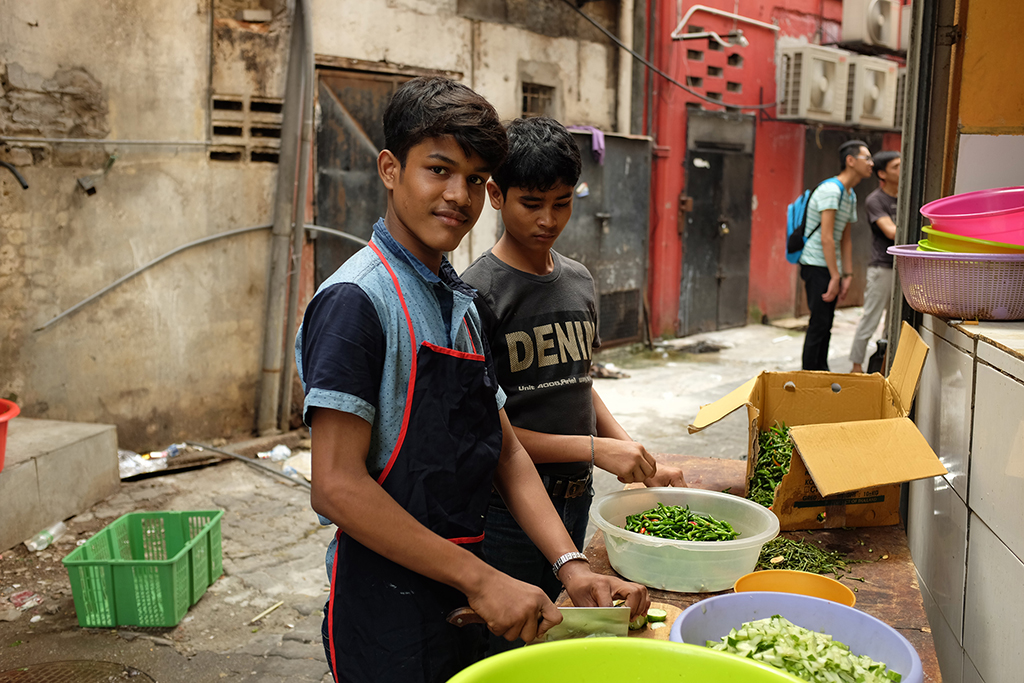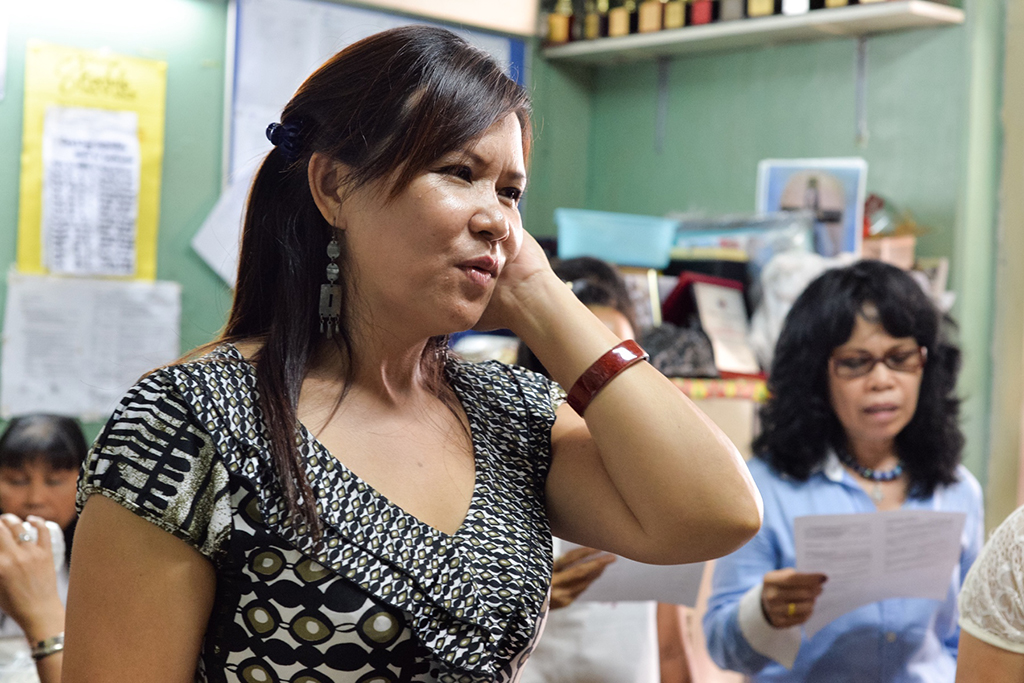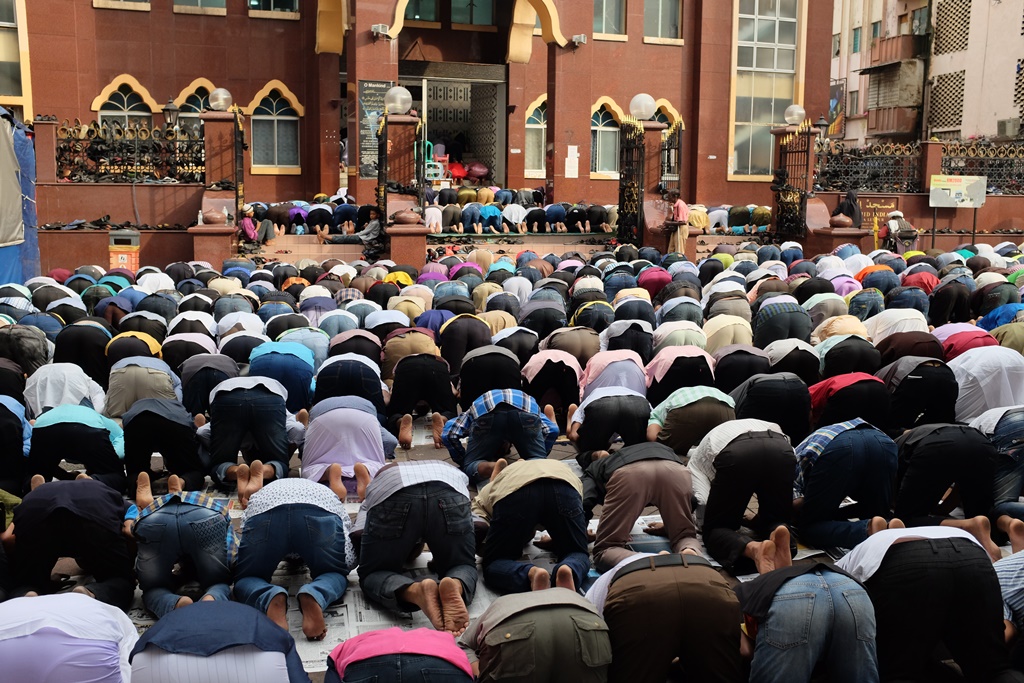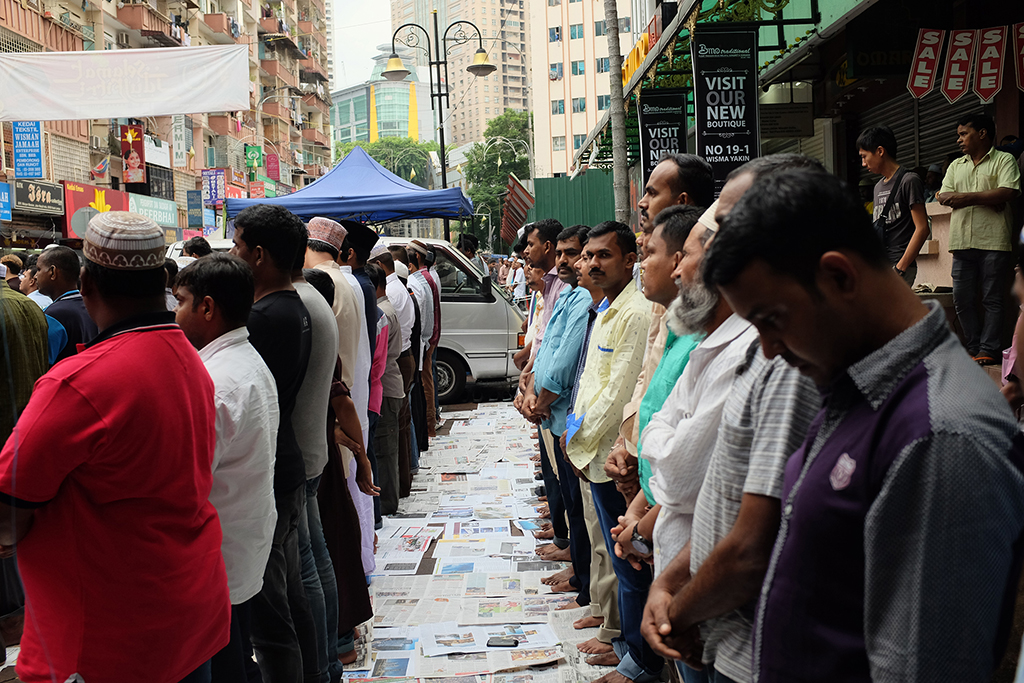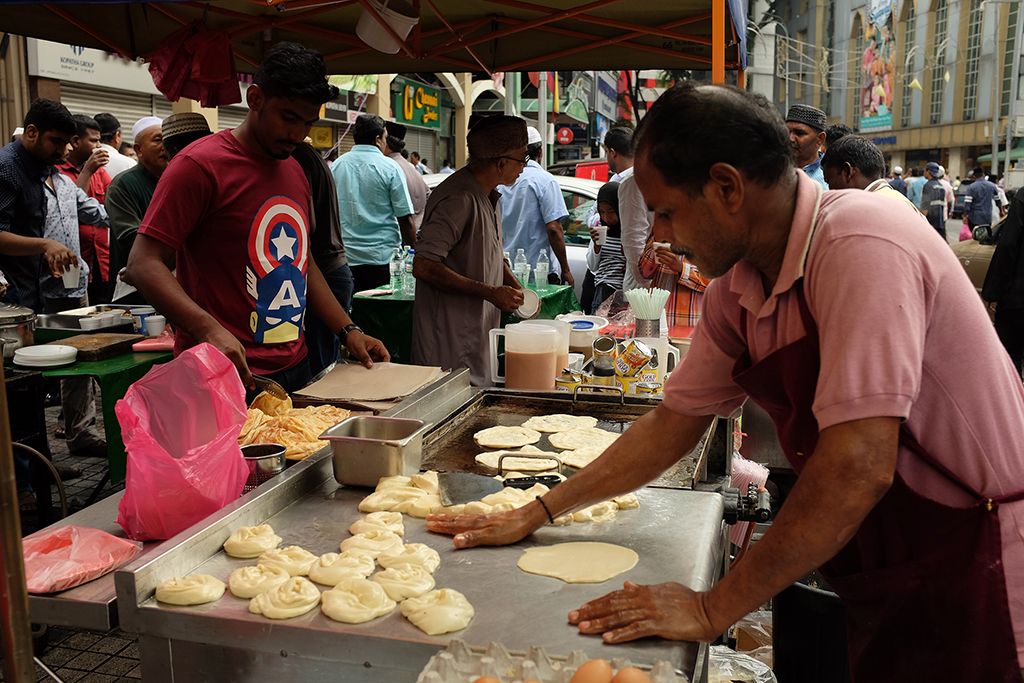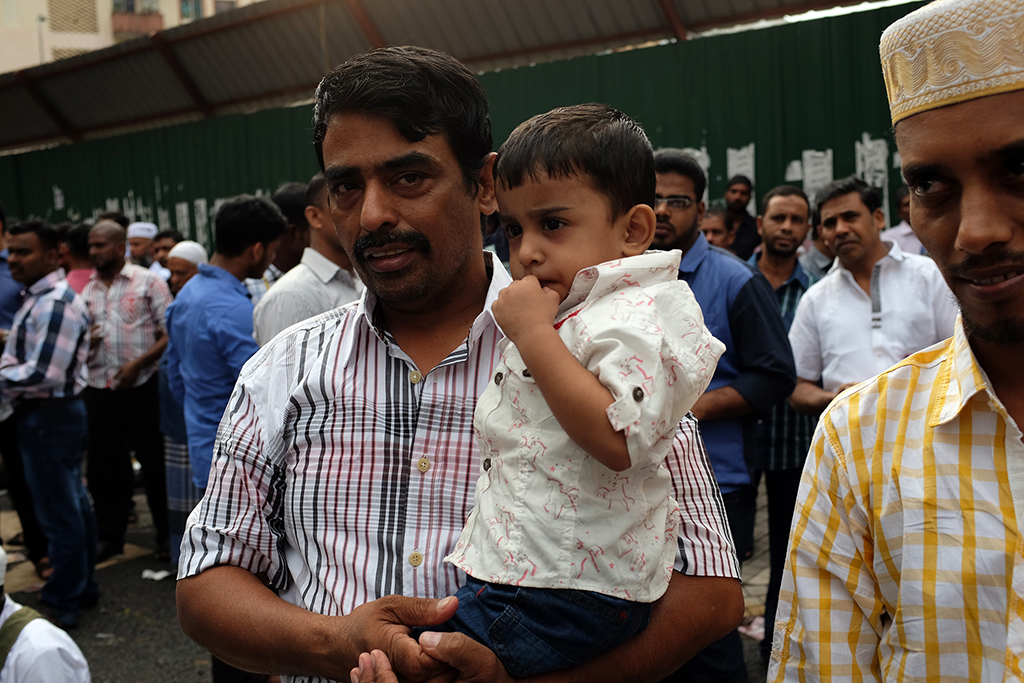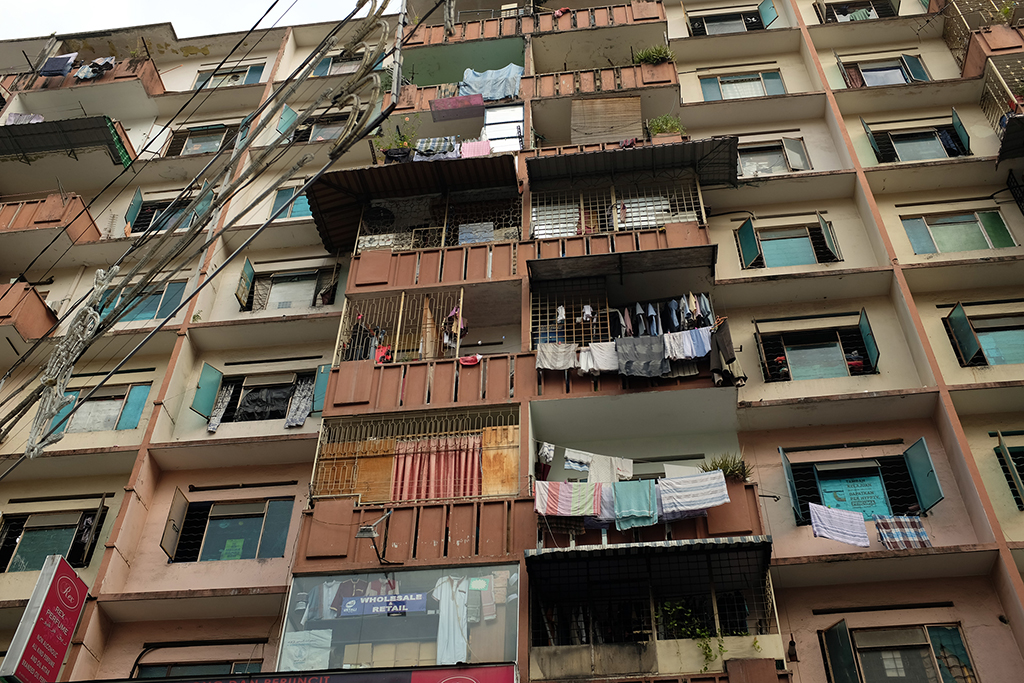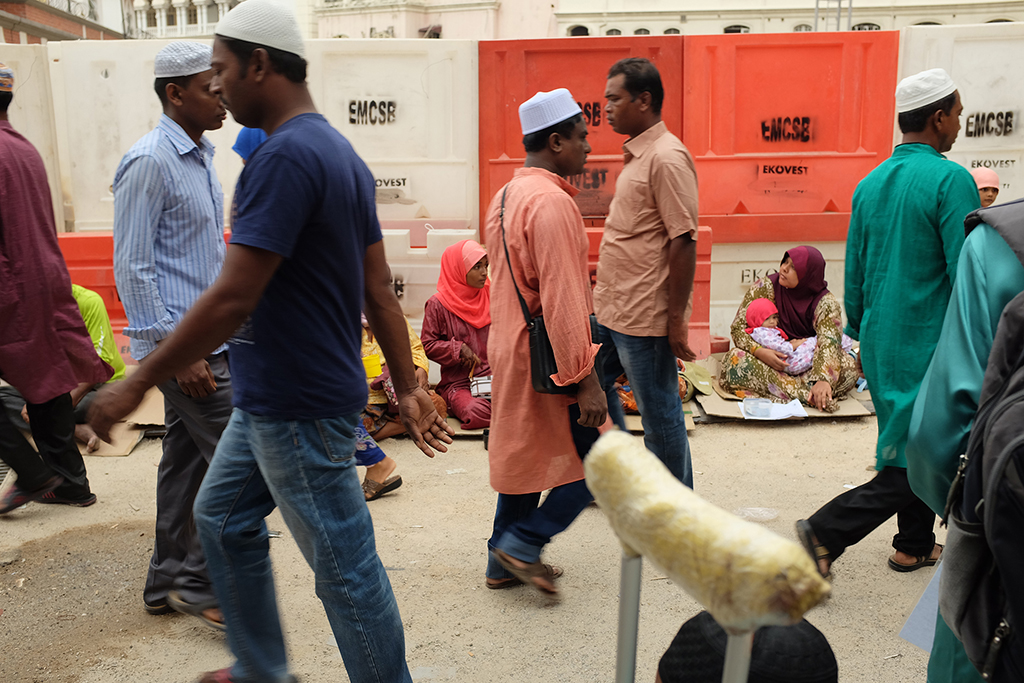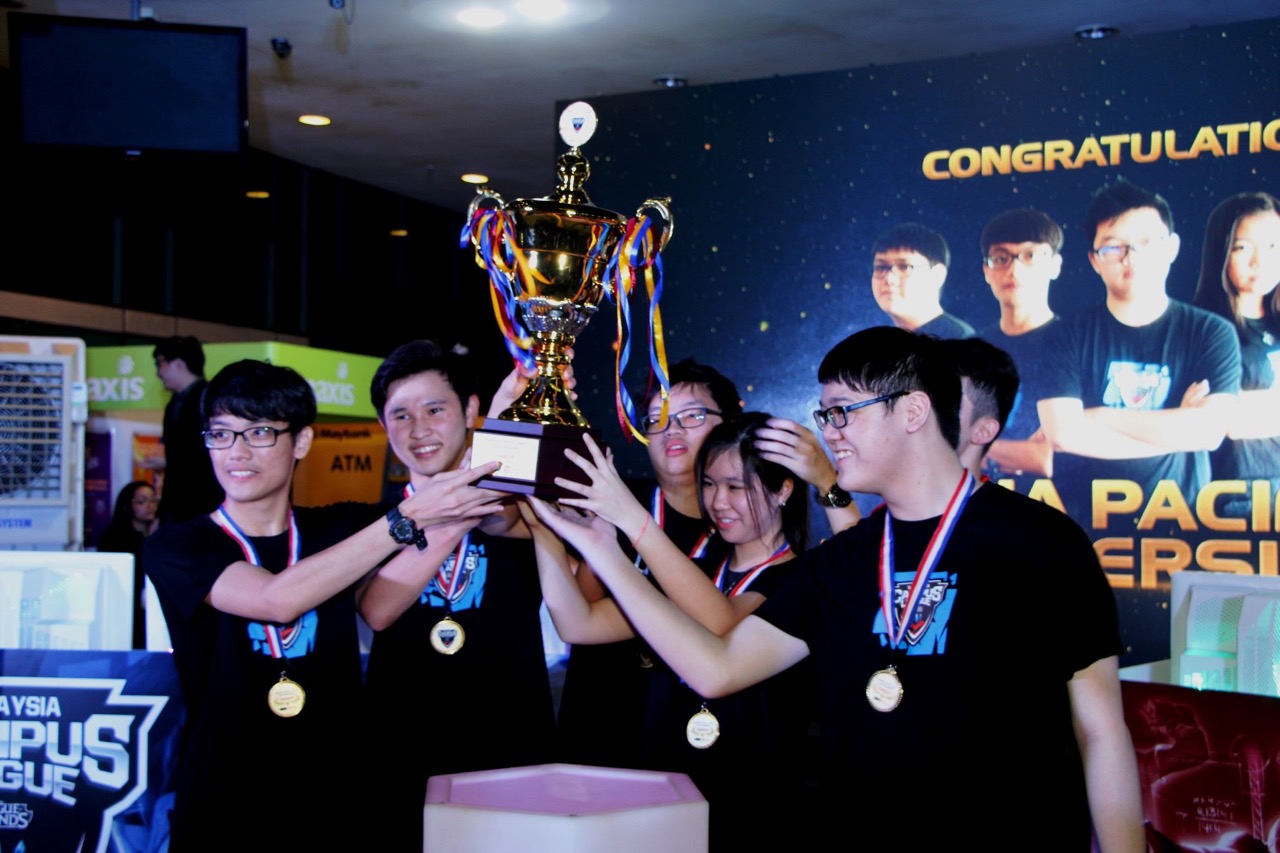
APU Students win first-ever scholarships in Malaysian eSports history
APU Students win first-ever scholarships in Malaysian eSports history
Kuala Lumpur, 24 September 2016: The Asia Pacific University of Technology & Innovation (APU)’s first ever competitive League of Legends (LoL) student team to participate in the Malaysia Campus League (MYCL) tournament, walked away with a cash prize of RM2,500 and partial scholarships worth RM30,000 as they emerged as the champion of the tournament organized by Garena, Southeast Asia’s largest consumer internet platform company.
Held at APU’s campus in Bukit Jalil, the MYCL saw support from hundreds of students at the venue itself, as well as thousands more viewing online via Garena’s live stream platform. Garena aims to promote a healthy gaming culture among university and secondary school students through the bi-annual tournament. This edition of MYCL kicked-off in July and comprises two divisions – Collegiate for tertiary-level students and Junior for secondary school students.

The APU LoL team emerged as champion of the League of Legends Malaysia Campus League and walked away with RM2,500 cash prize and RM30,000 worth of scholarships.

This was a first time in Malaysian history, which partial scholarships are awarded to eSports excellence. Each team member from APU walked away with RM6,000 worth of scholarships.
APU’s winning team consists of 5 main players and a substitute player: Wong Hui Zyn (Team Captain), Soon Zhen Suan, Ng Hann King, Ong Chang Wai, Daniel Yap Eng Khai and Ter Wei Liang who are currently pursuing their studies in the Software Engineering, Information & Communications Technology and Intelligent Systems undergraduate programmes. They are also members of the APU eSports Club. Through the establishment of the club, APU provides support and guidance towards students in terms of creating a healthy gaming environment, as well as promotes a balance among studies and entertainment.
Apart from the attractive cash prize awards and the partial scholarship, the APU LoL team also earned an opportunity to represent Malaysia at the International eSports Festival in South Korea and the League of Legends International Collegiate Championship in Thailand later this year.
In a press conference towards the end of the MYCL Grand Finals event, APU’s team captain, Wong Hui Zyn, said:
“The team fought hard through all stages of the competition, and we truly enjoyed the process as this was our first time to participate in competitive gaming tournaments. We are glad that we earned a scholarship for playing games, which is the first in Malaysian history. We look forward to the upcoming tournaments in South Korea and Thailand.”
The APU LoL team was the first batch of students to receive a partial scholarship from Garena in Malaysia. Regarding the scholarship and MYCL efforts, Jason Ng, Vice President of Garena said:
“By offering the very first eSports scholarship in Malaysia, we hope to foster a vibrant League of Legends campus ecosystem, while at the same time helping top players in schools pursue their passion in eSports. Regardless of whether they go on to play professionally, these players will be able to bring important skills of teamwork, problem-solving and creativity to other endeavours in civil society.”


The Asia Pacific University of Technology & Innovation (APU) is amongst Malaysia’s Premier Private Universities. APU offers a wide range of degree programmes in collaboration with Staffordshire University, UK with Technology as a common core. These programmes nurture students into professionals and prepare them for challenging careers and roles in business and society globally. Professionalism, problem-solving skills, and creativity & innovation are some of the key attributes of APU graduates. The multi-cultural student community comprises both Malaysian students as well as International students.
APU has earned an enviable reputation as an award-winning University through its achievements in winning a host of prestigious awards at national and international levels. It was announced as among the Highest Rated Universities in Malaysia, being rated at TIER 5 (EXCELLENT) under the SETARA 2013 Ratings by the Ministry of Higher Education (MOHE) and Malaysian Qualifications Agency (MQA) on 1st November 2012 and has maintained this Excellent rating in the latest SETARA 2013 Ratings announced on 17th November 2014.
For more information, please visit our website
For media enquiries, please contact:
Kok Cheng Mun
Student Services & Marketing Executive
Asia Pacific University of Technology & Innovation (APU)
T: 03-8996 1000 ext 5004 | E: [email protected]

